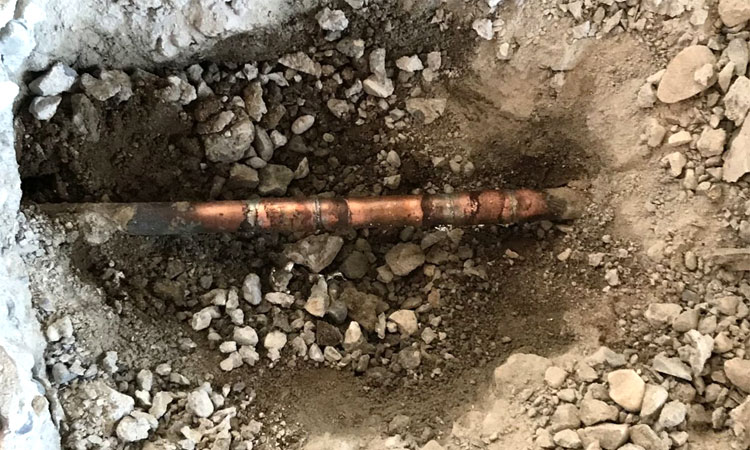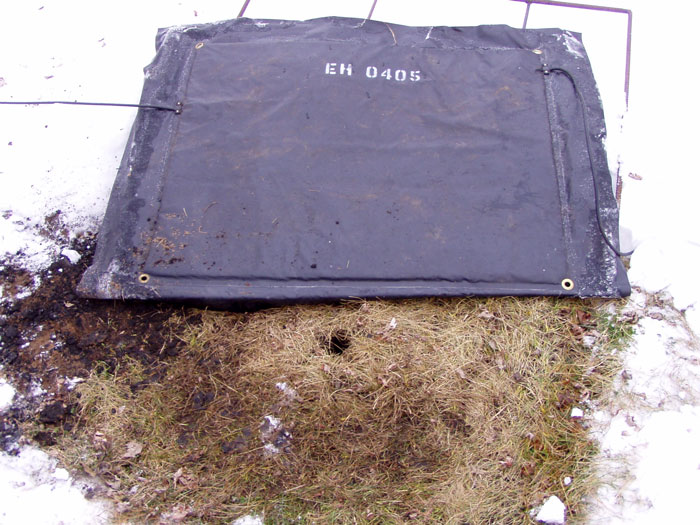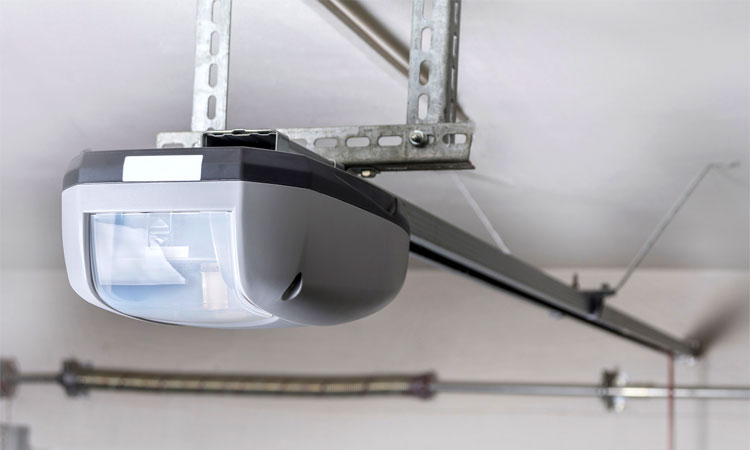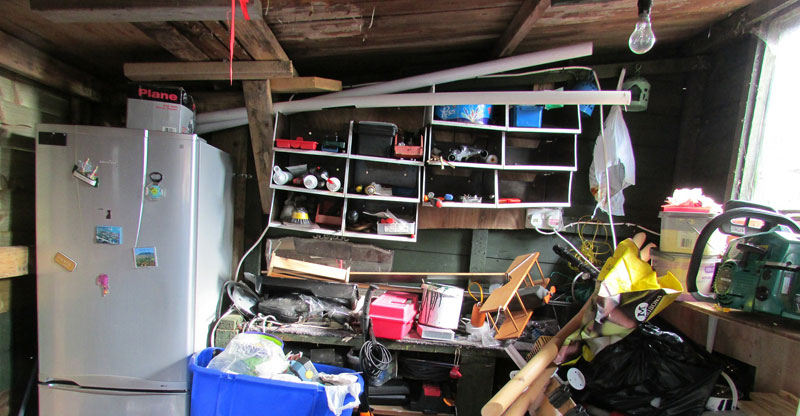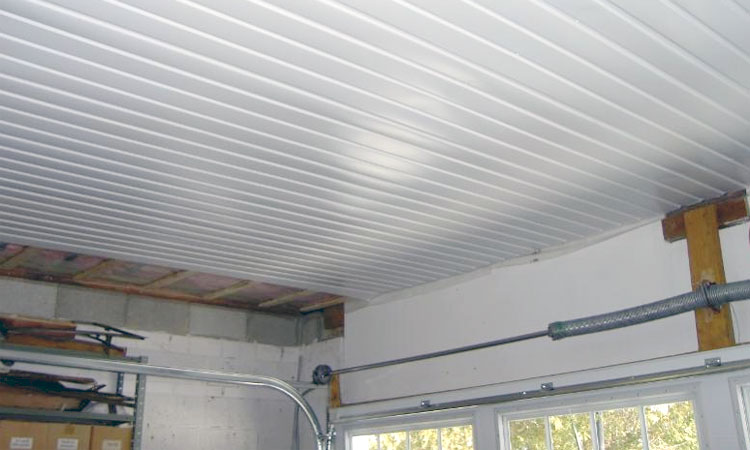How to Unfreeze Underground Pipes
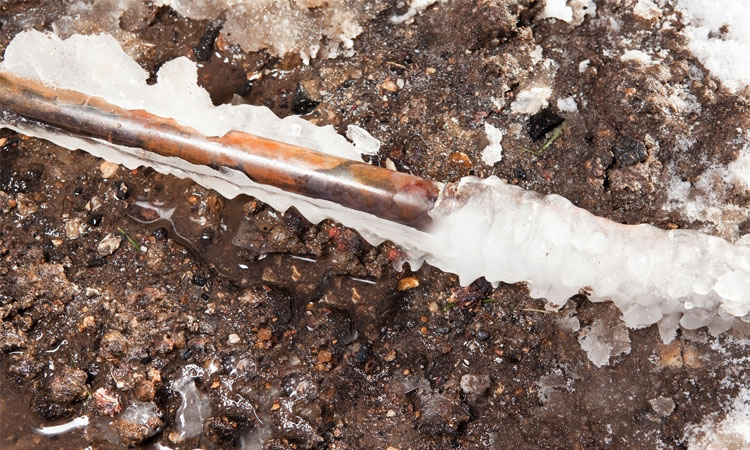
Winter can be rough on your pipes, and one good frost can be all it takes to freeze the lines heading into or away from your house. This can lead to reduced flow or even a costly burst pipe. Thankfully, once you know how to thaw frozen pipes underground, this worst-case winter scenario becomes much less frightening.
Underground vs. Indoor
While frustrating, indoor pipes are much easier to thaw, thanks to the warmer temperatures of your home and easier access. The lack of these two key features for outdoor pipes can make them a nightmare to deal with, especially for well and septic system owners.
You’ll have to excavate the pipe before it can be thawed. In winter, this isn’t as easy as it sounds when you’re dealing with frozen ground.
How Long Does it Take for Pipes to Unfreeze?
The answer to this question depends largely upon the temperature outside and the degree to which the pipes are frozen. Metal pipes will freeze faster than PVC or CPVC and thaw slower.
Related: 7 Best PVC Pipe Cutters
A pipe that freezes solid could take a few days to thaw out once the weather has improved. Keep in mind that frost permeates the soil and any pipes close enough to freeze will have to wait for that surrounding soil to thaw before it can.
Will Frozen Pipes Thaw on Their Own?
Frozen pipes can thaw out on their own, but it’s never a good idea. Water expands when it freezes, increasing internal pressure on the pipe and reducing water flow. As water passes over the ice, it cools and has a risk of further freezing.
See Also: 8 Best Roof Rakes to Prevent Ice Dams
How to Unfreeze Underground Water Lines
There are a handful of methods that can be used to thaw your pipes, although the following technique has proven quite reliable on straight pipes. It doesn’t work as well with lines that have multiple bends, however.
Notes
- For an easier time, we suggest thawing the ground above the work area first using a product such as the Powerblanket EH0304 or RapidTHAW RT-0304.
- Alternatively, a heat gun may be used instead of running hot water to thaw the pipe.
Tools
- Hot water-safe garden hose, RV hose, or flexible tubing long enough to reach from the nearest hot water tap to the far end of the line.
- Shovel
- Sump Pump
- Bucket
- Pipe Cutting and Repair Tools
Instructions
- Excavate around the end of the pipe closest to your tap. (see note below)
- Dig a basin under the exposed pipe and place the bucket and sump pump in it.
- Aim the pump’s discharge hose away from the pipeline.
- Cut the pipe.
- Connect your hose to the tap and begin running hot water into the pipe.
- Slowly feed the hose through the pipe as the ice melts.
- Once the pipe is completely thawed, remove the hose and immediately repair the pipe.
- Afterwards, try to keep water running through the pipe to reduce the risk of refreezing.
See Also: PVC Pipe Sizes
Preventing Frozen Underground Pipes
It can be an expensive task to unfreeze pipes when they’re located underground. While there are many things you can do to winter proof your garage or home, outdoor underground pipes are trickier but still doable.
You may wish to consider insulating the line if you live in an area where there’s a higher risk of deep penetrating permafrost or placing blankets and a covering tarp over the pipeline when expecting sub-zero temperatures.

